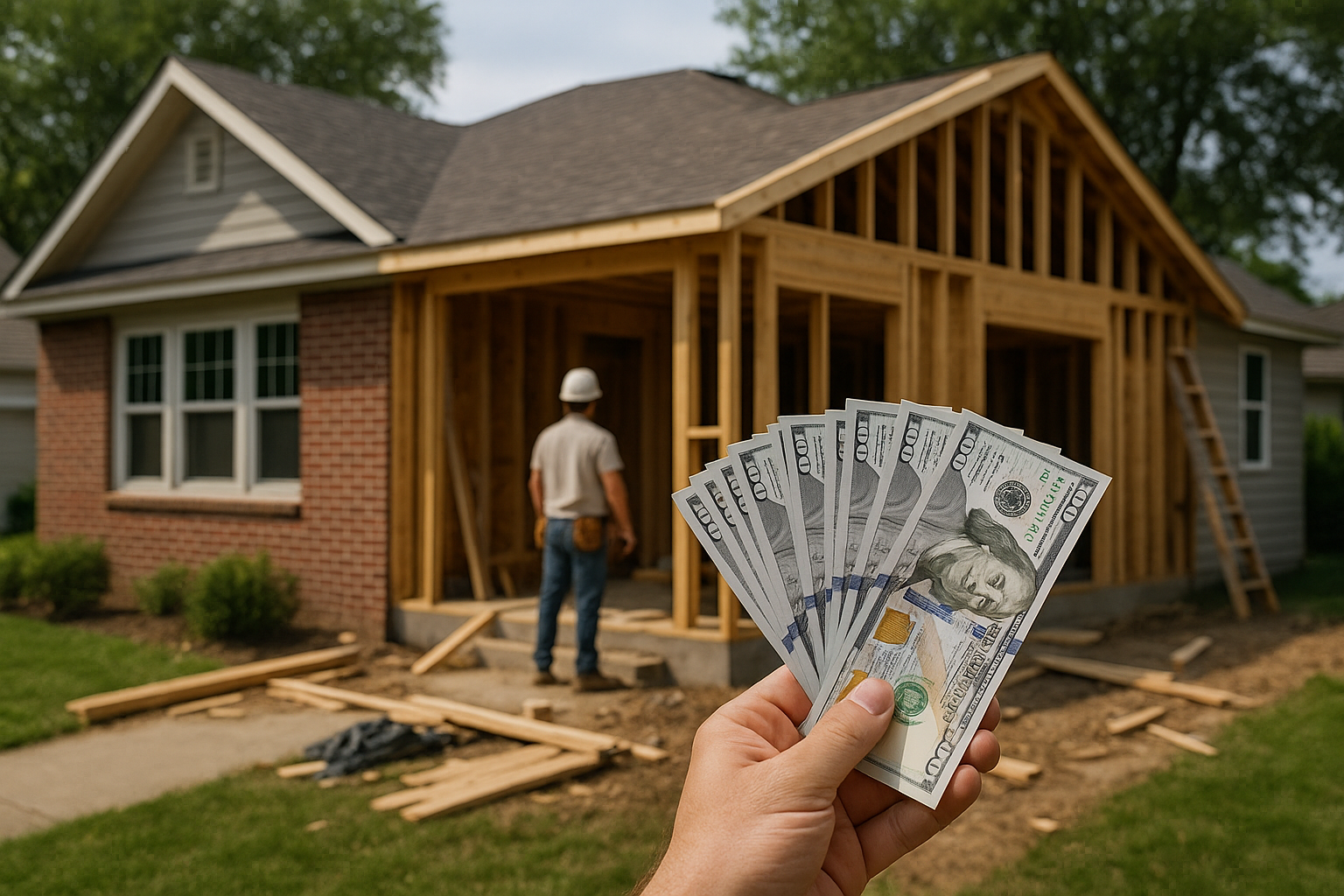Budget planning techniques for major property upgrades
Major property upgrades require clear budgeting and realistic finance choices. This short overview highlights key planning steps—estimating costs, exploring finance routes, and coordinating contractors and permits—so you can align scope with available funds and timing.

Upgrading a property at scale — whether a full remodel, an addition, or major systems replacement — begins with disciplined budgeting and realistic timelines. Start by defining the scope, separating must-haves from nice-to-haves, and collecting three estimates for major line items. Early planning reduces the chance of scope creep, unexpected permit delays, or contractor disputes. Integrate contingency funds and a repayment plan for any borrowed amounts so the project does not create long-term financial strain.
Budgeting and planning for renovation and remodel
A reliable budget ties scope to schedule and finance. Break the project into categories (structural, systems, finishes, permits, and contingency) and assign provisional amounts. Use historical benchmarks for similar projects in your area, adjust for material price trends, and factor labor rates from local services. Prioritize items that protect home value (roof, electrical, plumbing) when funds are limited. Keep a written budget tracker and update it after each contractor estimate or permit fee change to keep planning realistic and actionable.
How can equity and mortgage options help finance projects?
Home equity and mortgage-based options often offer lower interest than unsecured credit because they use the property as collateral. A home equity loan provides fixed payments and a lump sum, while a cash-out refinance replaces your mortgage with a larger one and may lower or raise monthly payments depending on rate and term. Evaluate remaining equity, current mortgage terms, tax implications, and how long you plan to stay in the home before choosing an option. Speak with lenders about eligibility and required documentation for accurate comparisons.
When to consider refinance, credit, or personal loans
Refinance or home-secured borrowing can be cost-effective when you have substantial equity and favorable mortgage rates. If equity is limited or you prefer not to use the home as collateral, unsecured personal loans or specialized home improvement loans can bridge small to mid-size remodels. Compare APRs, origination fees, and prepayment penalties. Your credit score heavily influences available rates; improving credit before applying may reduce interest costs. Match loan term to project life so repayments align with expected value and budget capacity.
Managing interest, repayment, and savings strategies
Model repayment scenarios before borrowing: shorter terms reduce interest paid but increase monthly cost, while longer terms lower monthly payments but increase total interest. Include interest rate buffers for variable-rate products and avoid combining numerous small credits that could raise monthly obligations unexpectedly. Build a dedicated savings buffer for projects to reduce reliance on credit. Where feasible, split funding—use savings for immediate expenses and finance larger, longer-lasting investments—so repayment schedules align with expected benefits.
Working with contractors, permits, and project planning
Obtain multiple contractor bids and verify references, licenses, and insurance. Clear scope documents and a written contract protect both parties; outline payment milestones tied to completed work and final inspection. Research permit requirements early, since delays can extend timelines and increase costs. Factor in local services availability and seasonal labor variations when scheduling. Retain a small contingency (commonly 10–20%) for unforeseen repairs discovered during construction; communicate change-order procedures with your contractor in advance.
Real-world cost insights and provider comparisons
Costs vary by region, project complexity, and choice of materials. Typical benchmark ranges: small kitchen or bathroom remodels can run from a few thousand to tens of thousands of dollars; larger structural projects or additions often exceed those amounts. Financing choices influence long-term cost: secured loans often have lower interest but use the home as collateral, while unsecured loans have higher rates but no lien. Consider sustainability choices—energy-efficient windows, insulation upgrades, or HVAC replacements—these often have higher upfront costs but can lower operating expenses and may qualify for incentives in some areas.
| Product/Service | Provider | Cost Estimation |
|---|---|---|
| Home equity loan (fixed) | Wells Fargo (example product) | Closing costs $500–$2,000; APR varies by credit and market—estimated range 5%–8% |
| HELOC (revolving) | U.S. Bank (example product) | Possible fees $0–$1,000; variable APR typically tied to index—estimated range 5%–9% |
| Unsecured personal loan for home improvement | SoFi / LendingClub (example products) | Origination fees and APR vary by credit; estimated APR 7%–20%; amounts commonly $5k–$50k |
Prices, rates, or cost estimates mentioned in this article are based on the latest available information but may change over time. Independent research is advised before making financial decisions.
A practical budget plan balances realistic cost estimates, a clear funding approach, and contingency for surprises. Use multiple contractor bids, verify permits and local services, and align financing choices to how long you expect to benefit from upgrades. Regularly update your budget as quotes, permits, and material prices solidify so the project stays within financial and schedule expectations.






